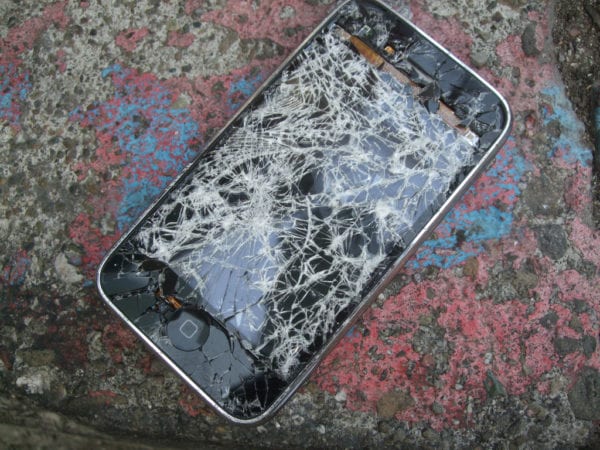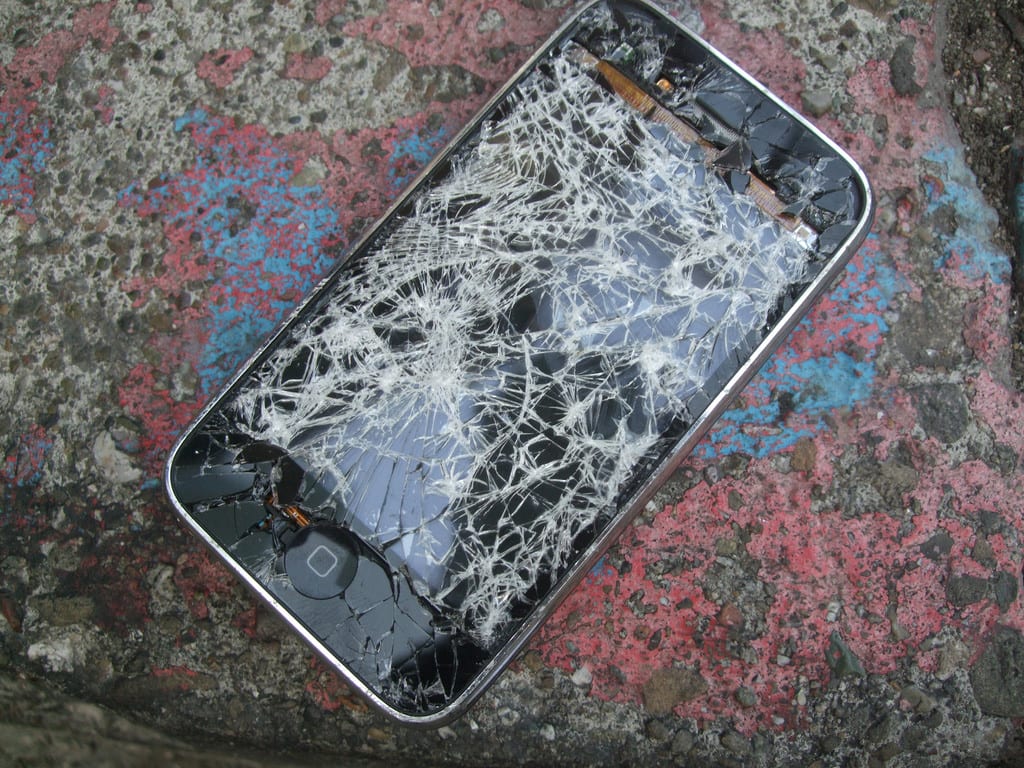

Social media makes a monumental difference in the way we communicate. It allows us to have instant updates on politics, sporting events, celebrity sightings, crimes, and breaking news. It has also been utilized more and more during emergencies. On February 14, 2018 19 year-old Nikolas Cruz wandered through his school in Parkland, Florida, with a semi-automatic AR-15 assault rifle and left 17 students and teachers dead. During the shooting, students hid in classrooms waiting for help to arrive. Due to the ease with which mobile phones can both record and upload pictorial and video content, many of those students turned to social media to document and share the events that they were witnessing in those classrooms. According to a CNN report, one video showed students walking past lifeless bodies in the hallway. Other videos recorded the sounds of gunshots, followed by the screams of students.
Students shared recordings of SWAT teams evacuating classrooms, complete with trembling students being escorted to safety. Videos during the shooting were shared, some with the sound of gunshots in the background and students screaming in fear of where the gunman would fire next. Many believed that these postings on social media “provided the world with horrifying glimpses of what it’s like to hear a gunman roam the halls of your school.” The videos and social media updates that were posted were thought of as ways of communicating a posting student’s safety to family, friends, and online bystanders. Those in favor of such social media updates tended to agree that this was an effective way for “victims to give loved ones instant updates.”
For those worrying about the decision to quickly post content during emergencies, some pointed out that recording such tragic events and sharing them on social media may be counterproductive. Posting these traumatic events increased chances of the social media observers or “bystanders” being traumatized by the graphic content; unlike television coverage, there was no ratings scheme to worry about. According to Pam Ramsden, a lecturer in psychology at the University of Bradford in the U.K., various studies have documented “vicarious traumatization,” or the negative psychological reaction following indirect exposure to traumatized people or events.
These instantaneous updates publicized on social media also bring up the question of accuracy of the shared content. During emergencies it’s natural to turn to social media to stay up-to-date, but there are times when what is being shared isn’t always factual or accurate. In 2012 a twitter user incorrectly tweeted that the New York Stock Exchange building was flooded during Hurricane Sandy. This quick, but inaccurate, burst of information was then “retweeted by news organizations and was spread across the nation, before being debunked.” Emergencies like these require for us to be as accurate as possible in order to get the correct information out to the public, as well as to encourage the proper police and public responses. In the case of the inaccurate Hurricane Sandy tweet, the possible actions of the first responders could have shifted due to the incorrect information provided. With students in school shootings posting frequently and almost instantly during emergencies, worries could arise over whether the accuracy and completeness of the provided information could possibly hurt the police’s initial responses, or if the publicity of accurate information could constrain processes of negotiation or surprise desired by police forces in their response to criminal activities.
It is clear that sharing this vivid and gripping content on social media has allowed it to reach a variety of different people that have not experienced the horrors of tragedies such as a school shooting firsthand. Such cases seem to further erode the line that once separated social media and professional news sources. It also brings to light possible benefits and disadvantages of these students sharing their experience as tragic events unfold. Is quickly making a tragedy or emergency real for distant others through the immediacy of social media the most beneficial way to react to these emergencies?
Discussion Questions:
- What are the main problems with sharing videos and accounts during a developing tragedy or emergency? What parties or individuals might be harmed by sharing news and updates this way?
- Assuming that people affected by an emergency will share information, updates, and content, what kind of guidelines would you give them? What values or ethical concepts underlie these guides to social media sharing in emergencies?
- Is it ethically important to consider the future effects of your shared content on others who are not present?
- How would you balance short-term needs to document and inform about a developing situation and longer-term needs of not expanding the number of those traumatized by a tragic event?
Further Information:
Sarah Almukhtar, K.K. Rebecca Lai, Anjali Singhvi, and Karen Yourish, “What happened inside the Florida school shooting.” New York Times, February 15, 2018. Available at: https://www.nytimes.com/interactive/2018/02/15/us/florida-school-shooting-map.html
British Psychological Society, “Viewing violent news on social media can cause trauma.” ScienceDaily, May 6, 2015. Available at: https://www.sciencedaily.com/releases/2015/05/150506164240.htm
Alexandra Burlacu, “How social media is changing the ways we access news: study.” Tech Times, June 15, 2016. Available at: http://www.techtimes.com/articles/165158/ 20160615/how-social-media-is-changing-the-way-we-access-news-study.htm
Nicole Karlis, “On social media, Parkland students subvert the news cycle.” Salon, February 15, 2018. Available at: https://www.salon.com/2018/02/15/on-social-media-parkland-students-subvert-the-news-cycle/
Cory Nealon, “False tweets during Harvey, Irma under scrutiny by UB researchers.” University of Buffalo, September 28, 2017. Available at http://www.buffalo.edu/news/releases/2017/09/044.html
Rebecca Ruiz, “When school shootings are broadcast on Snapchat, the effects reverberate.” Mashable, February 15, 2018. Available at: https://mashable.com/2018/ 02/15/florida-school-shooting-twitter-snapchat/
Heather Schwedel, “Yes, students tweet mass shootings now. And we ought to watch it.” Slate, February 14, 2018. Available at: https://slate.com/technology/2018/02/the-tragic-social-media-accounts-of-the-florida-school-shooting.html
Brian Stelter. “At Stoneman Douglas High School, cell phone videos take us inside a massacre.” CNN, February 15, 2018. Available at: https://money.cnn.com/2018/02/15/media/parkland-shooting-cell-phone-videos/index.html
Author:
Haley Turner
Media Ethics Initiative
University of Texas at Austin
March 28, 2018
Cases produced by the Media Ethics Initiative remain the intellectual property of the Media Ethics Initiative and the University of Texas at Austin. They can be used in unmodified PDF form without permission for classroom use. For use in publications such as textbooks, readers, and other works, please contact the Media Ethics Initiative.


